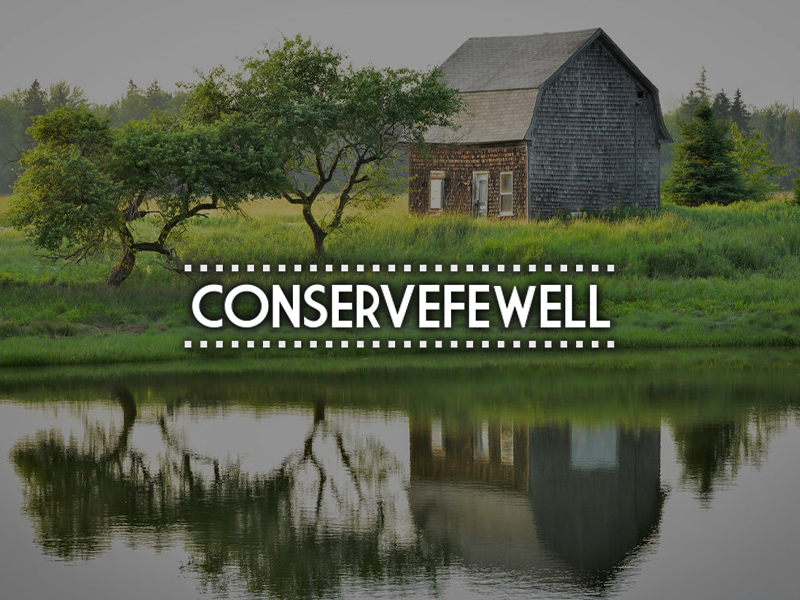 Back in 1990, I was fortunate to land a six month internship at the National Wildlife Federation in Washington DC. Aside from eking out a subsistence living in a very expensive town – which required sharing a one-room efficiency with my brother – it was one of those dream jobs. I felt as though I was doing something important for the environment, fighting for wetlands and holding Bush I accountable for his promise of “no net loss”, saving the Mt. Graham red squirrel from a very large telescope, and protecting the Little Sandy Wildlife Refuge in Texas from some hydro project. Jay Hair was the President of NWF at the time. And he was a towering figure, all six and one-half foot of him, and boy could he command the presence of a room. I still have a picture of Jay and me standing together, shaking hands, where my hand was completely swallowed by his Philistine-size clutch. Unfortunately, Jay died too young at the age of 56.
Back in 1990, I was fortunate to land a six month internship at the National Wildlife Federation in Washington DC. Aside from eking out a subsistence living in a very expensive town – which required sharing a one-room efficiency with my brother – it was one of those dream jobs. I felt as though I was doing something important for the environment, fighting for wetlands and holding Bush I accountable for his promise of “no net loss”, saving the Mt. Graham red squirrel from a very large telescope, and protecting the Little Sandy Wildlife Refuge in Texas from some hydro project. Jay Hair was the President of NWF at the time. And he was a towering figure, all six and one-half foot of him, and boy could he command the presence of a room. I still have a picture of Jay and me standing together, shaking hands, where my hand was completely swallowed by his Philistine-size clutch. Unfortunately, Jay died too young at the age of 56.
I learned a lot from Jay and he was a strong force for conservation. But I recall one conversation with him which left me cold. One of Jay’s biggest worries was the world’s burgeoning population growth, and he saw that as one of the greatest threats to the planet. It was clear his view had been influenced by Paul Erhlich’s population bomb theory and dire predictions of mass starvation and death by the 1980s. And I recall Jay talking passionately about the importance of population control. At a time of China’s forced sterilization policy and eugenics, this struck me as odd and misguided for NWF and its leader to be advocating for such controversial positions. To Jay and so many of my environmentalist friends, humans were the problem and thus the solution was less of them. Pessimism overshadowed optimism of human potential. The perverse reasoning went something along the lines, if we were to save all the poor children the world would overpopulate, exacerbating environmental problems, so don’t feed them. Although I could grasp the environmental logic, albeit it flawed, I never understood it on a purely humanitarian level. To me the idea of not helping starving children because we wanted to help the planet was simply offensive, not to mention just plain wrong.
So it was a pleasant surprise that I stumbled across this Grist article by Nathanael Johnson titled “How can we stop the world from having too many babies? Feed more people.” I had to re-read the title, because I thought for sure I knew and could write the subplot. But I was wrong. Nathanael dug up an oldish work by Joel Cohen written in 1995, How Many People can the Earth Support? Fast forward to the punch line. As it turns out, prosperity and wealth are good for the environment. As nation’s become wealthier and more prosperous, they have fewer children. The numbers speak for themselves.
 Wikimedia CommonsWorld population growth rate 1950–2050.
Wikimedia CommonsWorld population growth rate 1950–2050.
This is not news to most. But I’m encouraged – no, rather ecstatic – not because this is a well established fact, but because more and more environmentalists are beginning to reject some of the nihilistic and tired views on the environment. As Nathanael notes “improving life for the poor is the key to ending population growth.” While we humans may create all sorts of problems, we also hold the solutions to our destiny and that of our fellow creatures. So, for those of you who don’t have a humanitarian impulse to feed a child, do it for the environment, feed her to save the planet.

